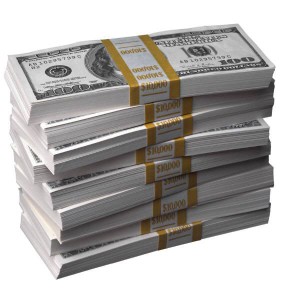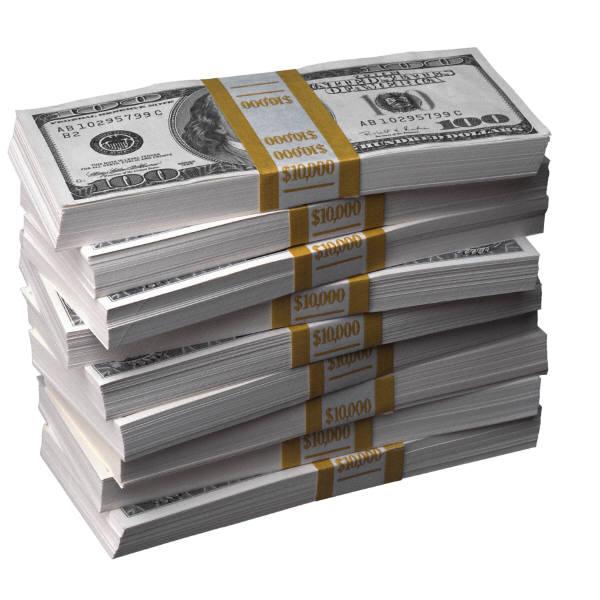 Last night, I was shown this blog post by Claude Forthomme. The link was shared with me by a fellow indie who was surprised by Forthomme’s headline, “Only 40 Self Published Authors are a Success, says Amazon.”
Last night, I was shown this blog post by Claude Forthomme. The link was shared with me by a fellow indie who was surprised by Forthomme’s headline, “Only 40 Self Published Authors are a Success, says Amazon.”
Only forty? That seems pretty low. Especially because the definition of success is extremely subjective.
One author may define success as winning awards. Another might define it by the size of their mailing list. Still another may say they aren’t successful unless they become a New York Times and/or USA Today best-selling author. For another, it might just be consistently hitting the top ten best-sellers in their genre on Amazon. Or earning a full-time income. Maybe attracting a movie deal.
Some feel successful just having published a book.
So let’s continue on with this post and look at the criteria for success:
40 self-published authors “make money”, all the others, and they number in the hundreds of thousands, don’t. This interesting statistic, recently revealed in a New York Times article, applies to the Kindle Store, but since Amazon is in fact the largest digital publishing platform in the world, it is a safe bet that self-published authors are not doing any better elsewhere.
“Making money” here means selling more than one million e-book copies in the last five years.
Okay, so “making money” is only defined as selling more than one million ebooks over the course of five years. That seemed awfully high to me, so I pulled out my calculator because I’m a writer and bad at math:
1,000,000 ÷ 5 = 200,000
So we need to sell 200,000 copies a year to be successful. Now break down the royalties for that. Every ebook retailer pays self-published authors 70% of every sale. The average price of an indie book falls between $2.99-$4.99. There are some exceptions, but that’s where you’ll find the majority. Let’s go with $2.99 for the purposes of this demonstration. For each $2.99 book sold, the author gets around $2. Fluctuates a bit when Amazon plays shenanigans with the price (sometimes it will show as being $2.90 or something), but $2 is a good number to work with.
200,000 * 2 = 400,000
Wait, so to be successful, we have to be making $400,000 a year in sales?!
Now don’t get me wrong, I would absolutely love to be making $400,000 a year. With that kind of money, I would do…well, I don’t even know what I would do, because I’ve never had that much money.
But if that’s the criteria we’re using to define success, then of course there are only a small percentage of writers who are pulling that down. Expand that beyond the writing profession—there are only a small percentage of people pulling that down!
So how do we define “making money” or “success”? For the purposes of this post, I’m going to define success as making a full-time income off book sales. The median income in the United States is around $50,000 a year. You don’t need to be making that much money in order to survive—if you’re living in Oklahoma, you can get by on a lot less per year than if you’re living in San Francisco. But $50,000 a year is a good number to use for our purposes.
50,000 (our annual income goal) ÷ 2 (royalty per book) = 25,000
We need to sell 25,000 books a year in order to make $50,000. Of course, this doesn’t take expenses into account, such as the cost of advertising and book production plus the additional expenses of maintaining a website and mailing list. But those expenses vary per author and this gives us a base idea to work with.
Selling 25,000 books a year may seem like a lot. Especially if you only publish one book a year. But most indies publish more than that. Say you publish five books every year:
25,000 (target ebook sales) ÷ 5 (number of books per year) = 5,000
Now we only need to sell 5,000 copies of each title every year to make a full-time income. If you have a series that draws your readers in, this becomes even easier. Readers who loved book 1 already know they like your writing and your characters, so it’s far more likely that they’re going to continue on to book 2.
You aren’t just going to leave your entire income dependent on those five books, though. Each year you’re publishing, you’re also building up your backlist, which gives you a way to generate even more passive income. Writing’s different from other jobs in that not only can you work without pants, but you can still make money off the work you’ve completed in years past.
In year one you’ll publish five, then in year two you’ll publish another five. So now you have ten books generating income. This lessens the amount of copies each book needs to sell in order to get us that $50,000 a year income.
25,000 (target ebook sales) ÷ 10 (books from years 1-2) = 2,500
In year two, we only have to sell 2,500 copies per title to make $50,000.
So let’s jump ahead to year five since the Forthomme used five years as the barometer. If you write five books a year, then by the fifth year you’ll have twenty-five titles generating money.
25,000 (target ebook sales) ÷ 25 (total books in your catalogue from years 1-5) = 1,000
We only have to sell a thousand copies per title per year in order to make a full-time income.
And if you’re selling at the $3.99 or $4.99 price points, you make more money per sale, so you need to sell fewer copies per title. This income also doesn’t take into account other formats, like audio or print.
Of course there’s no guarantee this is how it will work out. The first book in a series is usually the one that sells the most and there’s drop-off as the series continues. Few people will start a series with the fifth book. I don’t know any author who sells the same number of copies across all their titles.
But the point of this is that the definition of success as selling millions of books isn’t really an accurate number for indie authors. You don’t need to sell millions of books to be a success. You don’t even need to sell hundreds of thousands of books. You only need to sell tens of thousands of books in a year to be successful.
“Oh, only tens of thousands?”
Okay yeah, it’s still a lot and a difficult bar to reach for many. There’s a lot of work you have to do in order to move those tens of thousands of books per year. I know I’m definitely not there yet. I hope to be one day. But I just wanted to point out that it’s not as insurmountable a gap as it seems.
EDITED TO ADD: The New York Times article that prompted Forthomme’s comment about only forty authors being successful actually said something quite different:
Over the last five years, close to 40 independent authors have sold more than a million copies of their e-books on Amazon, the company said.
The wording is pretty different from Forthomme’s comment. Neither Amazon nor even NYT said that only forty indie authors are successful, but that forty have sold more than a million copies.


Thank you for taking that essay on, Percival. All was well said. I want to see all my fellow authors move those tens of thousands, which is why I do my best to help promote each of you as much as I can. Helping each other is one of the ways that authors can expand their potential audiences. Thank you for another fine post!
That median income is for a household. Per person median income is $27k. You may need $50k if you live in a major city but $50k is more like the total from all household members.
The number came from the US Census: https://www.census.gov/content/dam/Census/library/publications/2014/acs/acsbr13-02.pdf. As I mentioned in the post, it’s not the case everywhere. But it’s a good number to work with for the purposes of this post.
My hubs and I have discussed what to me would be successful full-time earnings…it is just over the 30K per year bar. Once I am making that magic number then I would consider going full time and quitting my day job. However, I will consider my endeavor successful long before I can quit my job.